Let’s face facts. When doing a trendwatch piece, it’s almost impossible to top Travis Jonker’s 2014 bit of brilliance 2014: The Year of the Whale. Prior to that piece I had done The Year of the Chloe, The Year of the Jackalope, and The Year of the Raven. And now, in 2015, I’m calling it early. And rather than limit it to a single creepy crawly, I am opening my heart to those eternal enemies, the spiders and the flies. They seem unexpectedly prevalent and it’s only February! How can I be so sure that they’re the insects and arachnids to watch in 2015? Consider the evidence:
The Year of the Fly
I, Fly: The Buzz About Flies and How Awesome They Are by Bridget Heos. Illustrated by Jennifer Plecas
It’s little wonder that nonfiction flystuffs should abound. Last year Elise Gravel’s The Fly was the one to watch. This year, Heos and Plecas give us a bit of sympathy for those members of the family Muscidae.
Fly! by Karl Newsom Edwards
Stand aside, Fly Guy. There’s a new crop of characters in town and they are sometimes awfully cute. Truth be told you won’t find a more adorable little cutie than this fellow. Told in very simple text, it’s one of those books about finding out where your talents lie, yet it manages the moral without moralizing (no small feat). Plus how do you resist that face? Awwwww.
Astrid the Fly by Maria Jonsson
Astrid’s a Swedish import, and you wouldn’t really know it from the text. She too is rather adorable, though you cannot help but shudder in horror when you see how many brothers and sisters she has. Extra points for making her such a fan of Danish salami.
The Fly by Petr Horacek
You heard it here first folks – This is the best readaloud picture book of 2015. I kid you not, it’s brilliant. Reminding me not a little of Jim Aylesworth’s classic Old Black Fly, Horacek uses his trademark thick flaps to give a not AT ALL cute fly (it’s all in the eyes, man) a distinct point of view. Anyone performing a storytime is going to get a huge kick out of the final THWAP as you close the book on the flying pest.
Super Fly: The World’s Smallest Superhero! by Todd H. Doodler
A show of hands. Who here does NOT hear that classic 1972 Curtis Mayfield song whenever you read this title? Because if not, I envy you. Doodler abandons bears and their undergarments for the Kirkus starred early chapter book. I like that it clarifies the true enemy of the fly: the cockroach. And I think if it came down to the two of them, give me a housefly any day of the week.
The Year of the Spider
Just Itzy by Lana Krumwiede. Illustrated by Greg Pizzoli.
That’s one thing the flies never had going for them: catchy nursery rhymes (notable exception: “Shoo Fly, Don’t Bother Me”). Last year the old Itsy Bitsy Spider song inspired Dosh Archer’s Urgency Emergency: Itsy Bitsy Spider. This year it, alongside 2-3 other spider related nursery rhymes (there’s an abundance of them), has inspired Just Itzy. Itzy is sick to death of his nickname (he could do without the “Bitzy”). He then proceeds to change his fate and his name. Pizzoli is in his element.
Seaver the Weaver by Paul Czajak. Illustrated by The Brothers Hilts
Ever heard of the publisher Mighty Media Kids? Well, if this book is any indication they might be one to watch. The Brothers Hilts did that lovely little book The Insomniacs a couple years ago and then were never heard from again. This book, about a spider that thinks outside the web, makes good use of their skills. Particularly the parts where Seaver must attend to this “guest”.
I’m Trying to Love Spiders by Bethany Barton
I collect funny women and Bethany Barton has recently shot up to the top of my list. Known best at this point for her Monster books (This Monster Needs a Haircut & This Monster Cannot Wait), this latest title pairs nicely with the Petr Horacek fly title since there are a LOT of smushed up spiders between the pages.
Now lest you think such trends are restricted solely to the realm of the picture book, you are sadly mistaken. At least in the case of spiders, the middle grade fiction titles are active and aware:
The Spider Ring by Andrew Harwell
There’s a bit of wish fulfillment at work in this one. I mean, what bullied kid could receive a ring that helps them control spiders and NOT sick ‘em on the classmate that makes their life a misery? Creepy and crawly all at once.
Ferals by Jacob Grey
I mentioned this one in a recent Harper Collins preview. The villain of this piece is named The Spinning Man. If you suffer from arachnophobia, I’d steer clear of this one for a time.
Any others you’ve seen? They have to be pubbed in 2015. I’d say we’re off to a good start thus far too.



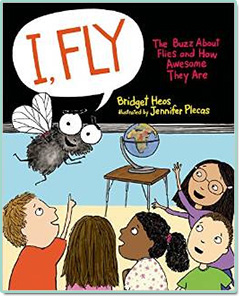


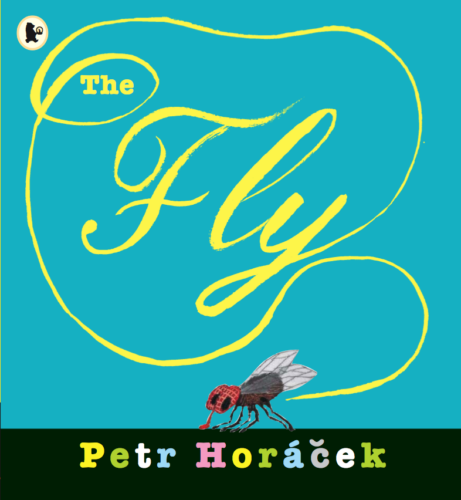




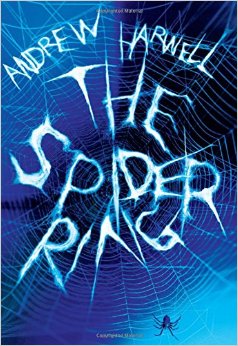
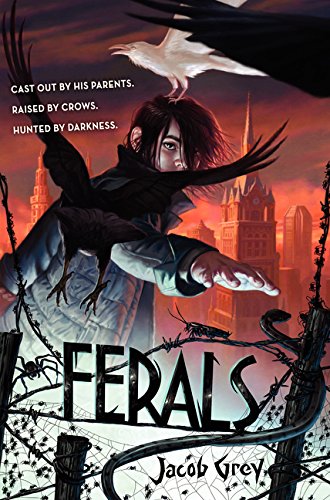


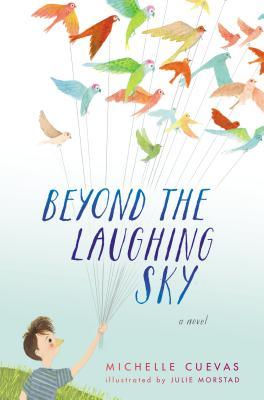
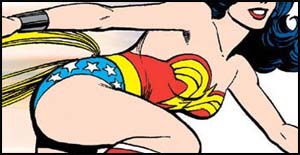
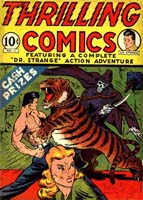
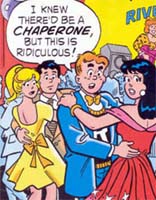
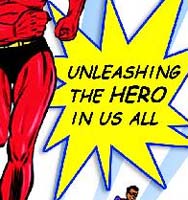



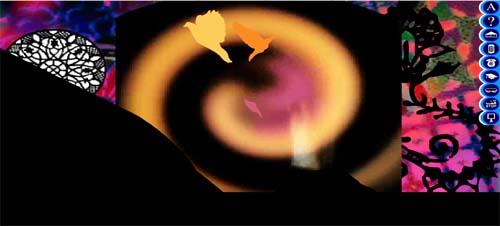


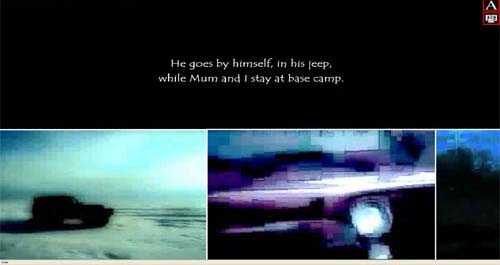
Oh, man – you called it. A few spider related titles to add:
Little Spider’s Spectacular Adventures by John Miller
The Spider by Elise Gravel
Stitch Head: The Spider’s Lair by Guy Bass
The Not So Itty Bitty Spiders by Amy Marie Stadelmann
Nice additions! The Gravel I knew but the others are new.
Holy cow. Nice!